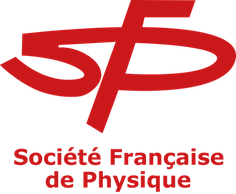Orateur
Description
Nuclear reactors are intense antineutrino emitters and are therefore useful sources to study the fundamental properties of the neutrino. Antineutrino spectra and fluxes measured in past experiments at reactor sites have showed deviations from the models, confirmed by last generation experiments, whose origin remains unclear. The goal of my PhD thesis is to revisit the theoretical models to adress the origin of these anomalies. Reactor antineutrino are produced by successive β- decays of neutron-rich fission products originating from the fission of 235U, 238U, 239Pu, 241Pu in the core. The nucleus emits then an electron in correlation with an antineutrino. The total antineutrino spectrum of a reactor core is made of the superposition of thousand of β spectra. A code named BESTIOLE (Beta Energy Spectrum Tool for an Improved Optimal List of Elements) is being updated to model each fission product β decays and to revisit the summation method. This method sums all the β branches listed in modern nuclear databases to predict the β and antineutrino spectra emitted by a nuclear reactor. In this talk I will present a new and preliminary computation of a reactor antineutrino spectrum using this method together with a refined modeling of β- decay. The portion of the spectrum below 1.8 MeV, which is relevant to the study of coherent elastic neutrino-nucleus scattering at reactors, has also been investigated.

